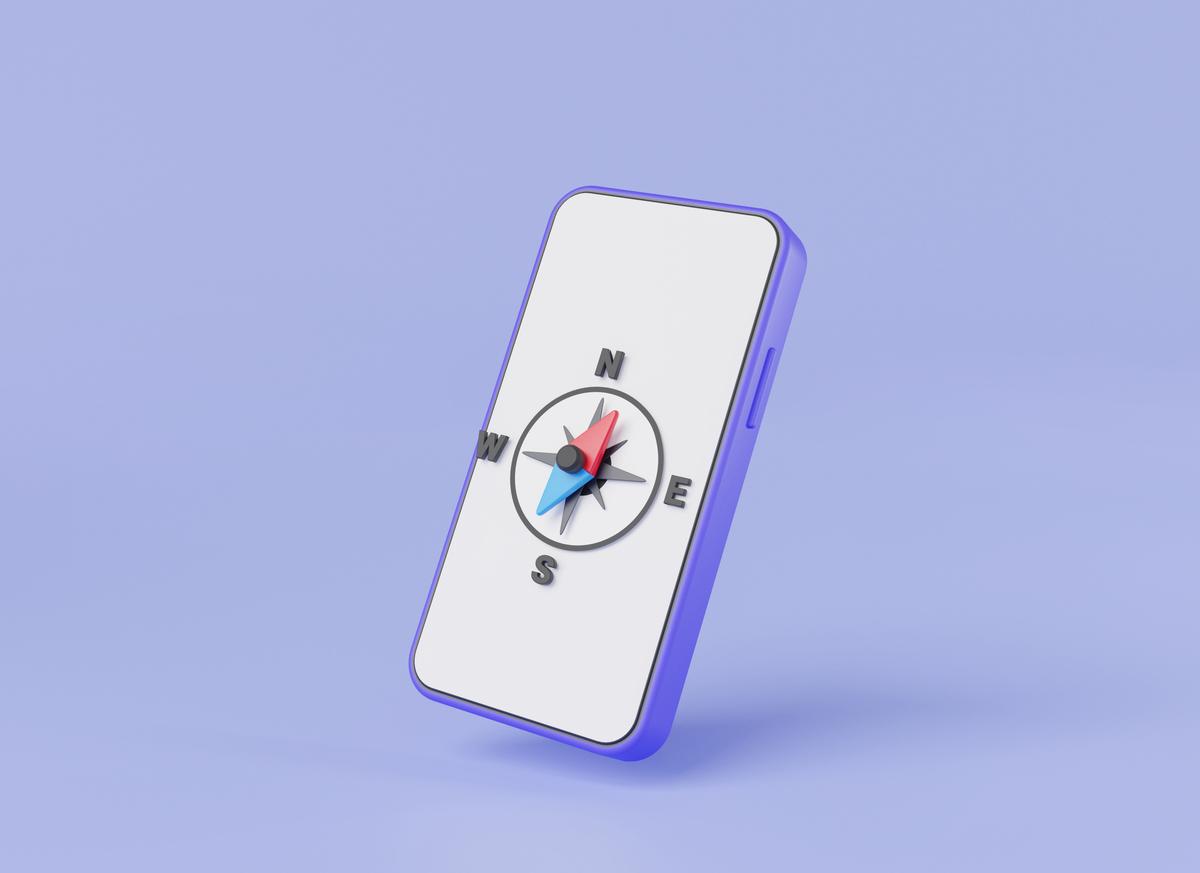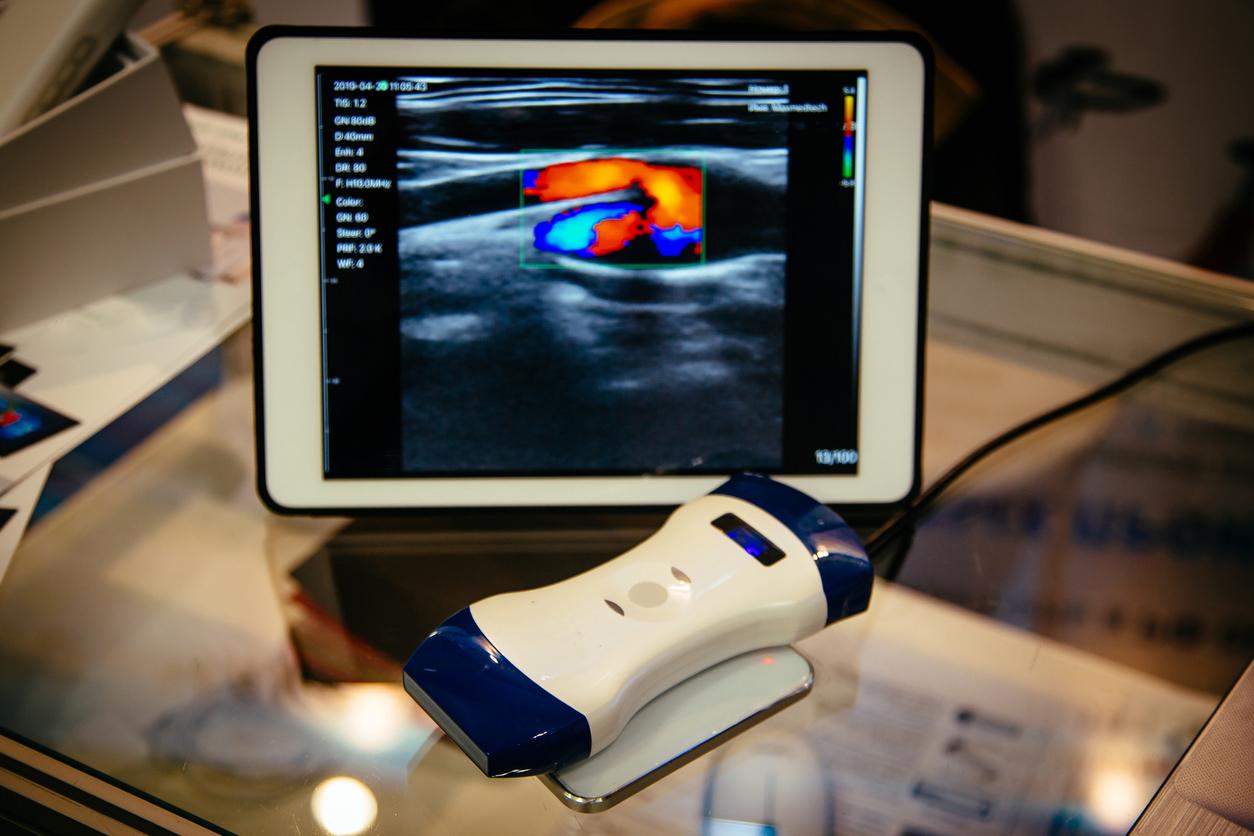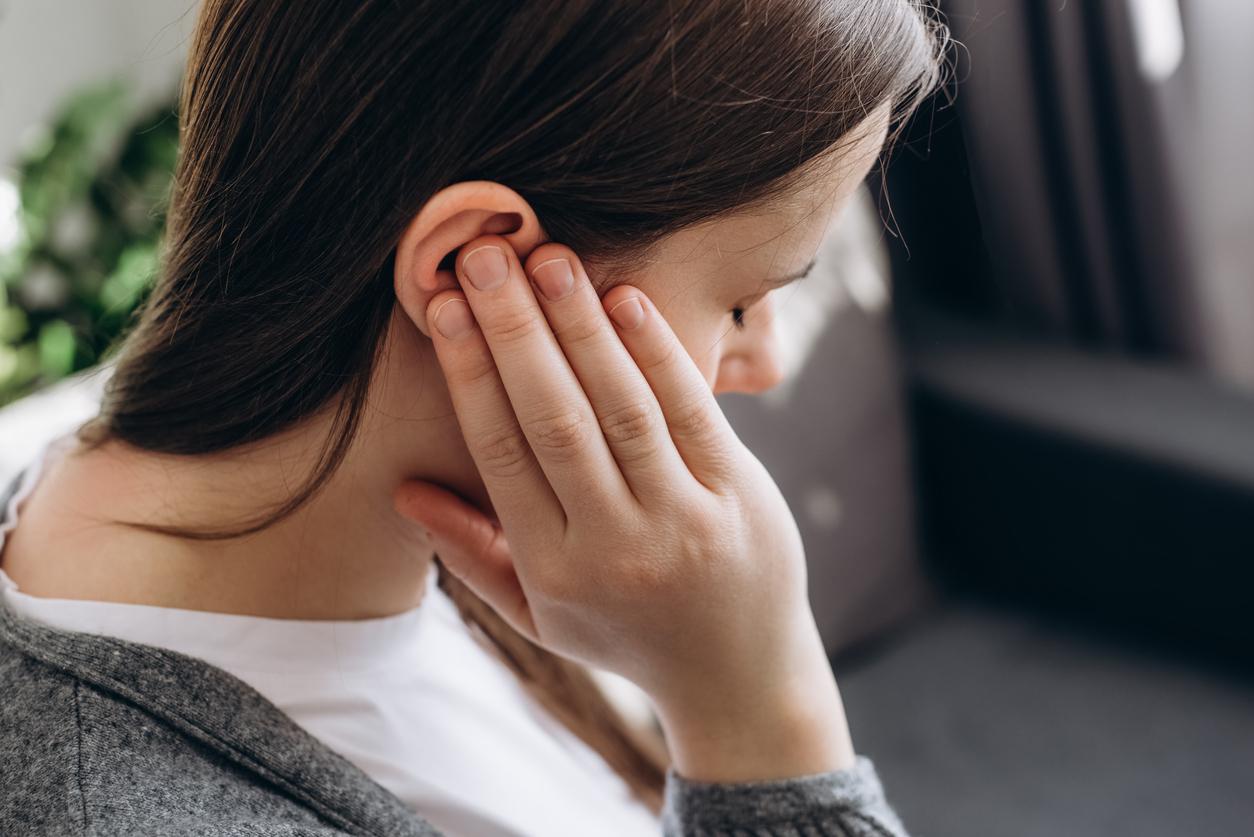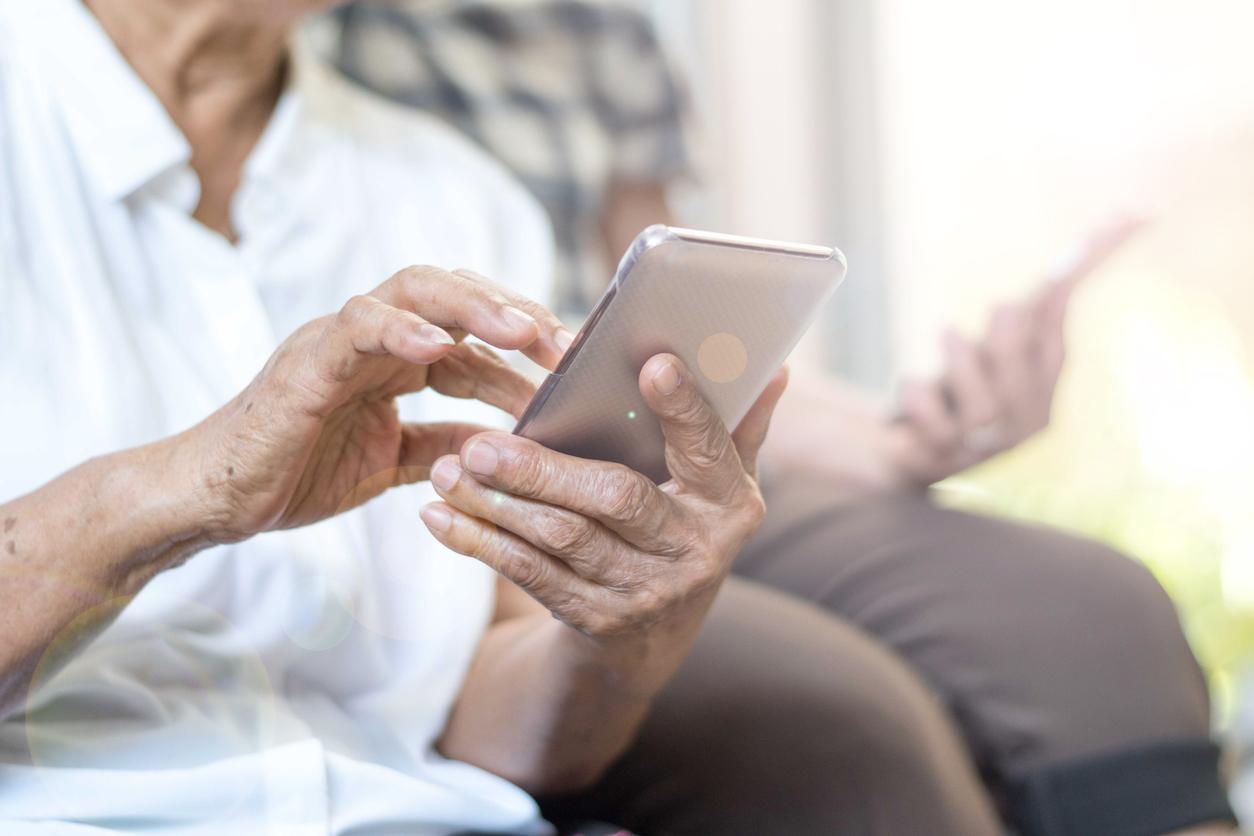
It is the ‘air raid siren’ of the future: NL-Alert. But the national alarm system is not yet completely without problems. What’s in it for you?
NL-Alert is a system that the government uses to warn citizens of danger. The system is used, for example, in the event of an attack by a foreign power, a natural disaster or during extreme crowds in a city. It is regularly tested, but recently real warnings have also been sent. Unfortunately, things don’t always go well. Due to a human error, NL-alert recently sent the number of the Telegraaf tip line as an alternative to the emergency number 112. Recipients also complained that NL-Alert is only intended for disasters: the ringtone is quite loud and alarming, so people sometimes get scared.
How does NL-Alert work?
NL-Alert works on the basis of cell broadcast, a GSM standard that is somewhere between mobile telephony and SMS. With cell broadcast messages can also be sent if, for example, the network is overloaded. In 2008, the government took the first steps towards deploying the system. The following year the first tests had to be done, but it was a difficult project. NL-Alert was not used for the first time until the end of 2012. In December of that year, the first message was sent to warn of a fire in Tolbert.
Is the coverage throughout the Netherlands?
New. Because NL-Alert is a digital system, only people with a smartphone are informed. Anyone who has no telephone, no range or an empty battery will therefore not receive the message.
NL-Alert is currently still struggling with technical obstacles. One of the problems that comes up every year is that many users do not receive the message at all. And then there are also cases where recipients receive not one, but sometimes ten notifications at the same time. The cause of this is unknown.
Will NL-Alert replace the air raid siren?
In 2014, the then Minister of Justice Ivo Opstelten stated that the sirens would no longer be necessary in the long run and that NL-Alert would become the main means of sounding the alarm. But first the system has to work perfectly.
How do you ensure that you can receive an NL-Alert?
In some cases it is necessary for users to set up their telephones themselves so that they can receive the message. That differs per device. Smartphones from Huawei or Samsung, for example, are already set correctly by default, but those of much lesser known brands are not.
Check now whether NL-alert is supported
On Android: Go to Settings > Wireless & networks > More > Emergency broadcasts.
On iOS: Go to Settings > Notifications > Emergency notifications.
The menus may vary by phone. You can therefore also look at the NL-Alert website. The site has a ‘setup assistant’ that allows you to manually set up your phone.
Source: Nu.nl















